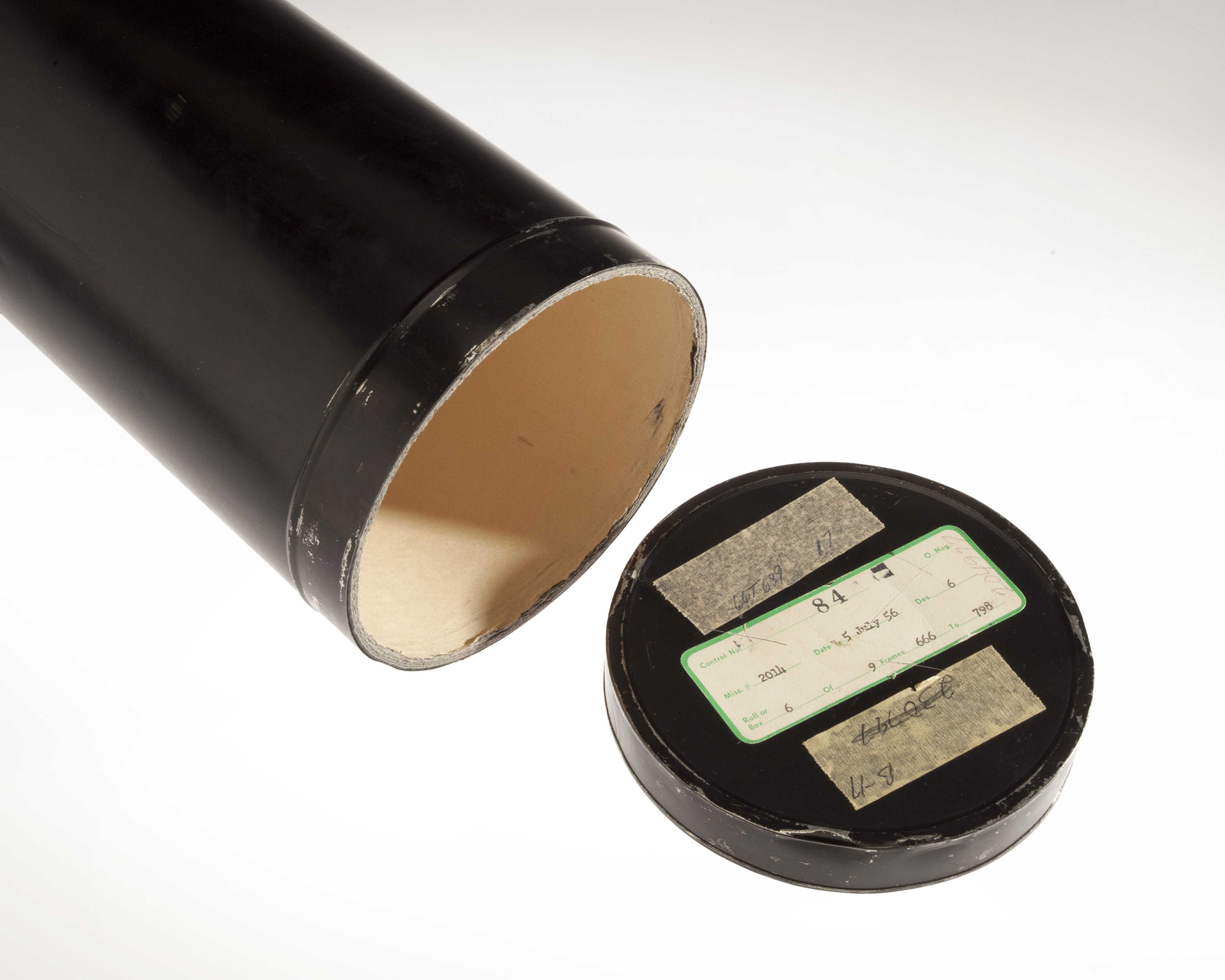Artifact Details

Even though the U-2 aircraft could fly at heights of 70,000 feet, its camera lenses were powerful enough to capture high definition images of the ground below.
Original canister of U-2 film from one of the first flyovers of Russia on 5 July 1956. U-2 cameras had the finest lenses in the world and could see objects on the ground just two feet across from an altitude of more than 12 miles.
Video
In the early 1950s, recognizing that the United States knew dangerously little about the Soviet Union, President Dwight Eisenhower charged the CIA with developing an overhead collection program capable of closing critical intelligence gaps.
The result was the Lockheed U-2, a remarkable powered glider that could fly at 70,000 feet, had a range of 2,950 miles, and carried the finest camera lenses in the world.
Between 1956 and 1960, covert U-2 reconnaissance missions enjoyed extraordinary success, yielding photographs of strategic targets across Eastern Europe and the Soviet Union.
While the Soviets rigorously tracked these overflights, their missiles and fighters could not reach high enough to prevent them, and they were reduced to protesting and pushing their scientists for technological breakthroughs.
Finally, on May 1st 1960, a Soviet SA-2 brought down a U-2 photographing ICBM sites near the city of Sverdlovsk.
Unknown to the United States the pilot, former Air Force Captain Francis Gary Powers, survived, and the Soviets had recovered his plane.
The United States released an untenable cover story about a weather plane that had wandered off course and claimed that no deliberate attempt to violate Soviet airspace had been made.
Pilot, aircraft, and film in hand, Soviet Premier Nikita Khrushchev launched a propaganda campaign that greatly humiliated the Eisenhower administration.
Khrushchev demanded an apology, and Eisenhower steadfastly refused.
Powers was tried and convicted of espionage.
After serving 18 months of a 10-year sentence, he was exchanged for Rudolf Abel, a Soviet agent serving 30 years in a Federal prison for spying.
Upon his return to the Unites States, Powers faced numerous inquiries, including a formal board convened by CIA.
Despite pressure to find fault with his actions, the board exonerated Powers completely.
He received the Intelligence Star in 1965 and, in 2000, on the 40th anniversary of the U-2 incident, was posthumously awarded the Prisoner of War Medal, the Distinguished Flying Cross, the National Defense Service Medal, and the CIA Director’s Medal for extreme fidelity and extraordinary courage in the line of duty.
Although the CIA’s U-2 program literally crashed in 1960, it produced intelligence that allowed the United States to moderate its responses in the arms race with the Soviets.
Moreover, it yielded an airframe that continues to serve US intelligence efforts today.
Learn More
The CIA and the U-2 Program, 1954-1974
The U-2 Program: The DCI’s Perspective
The U-2 Program: A Russian Officer Remembers
